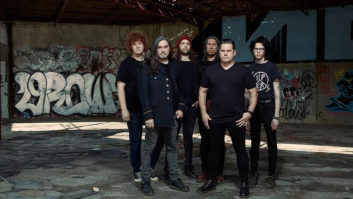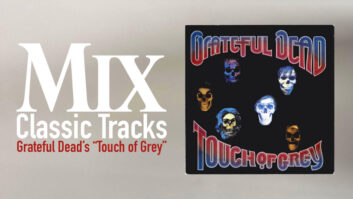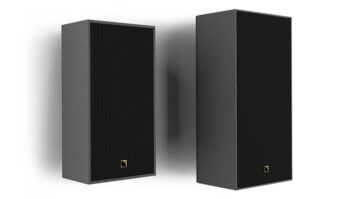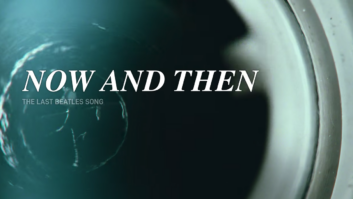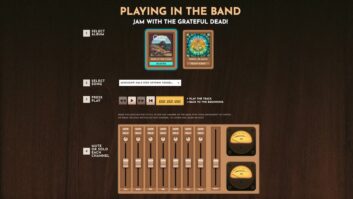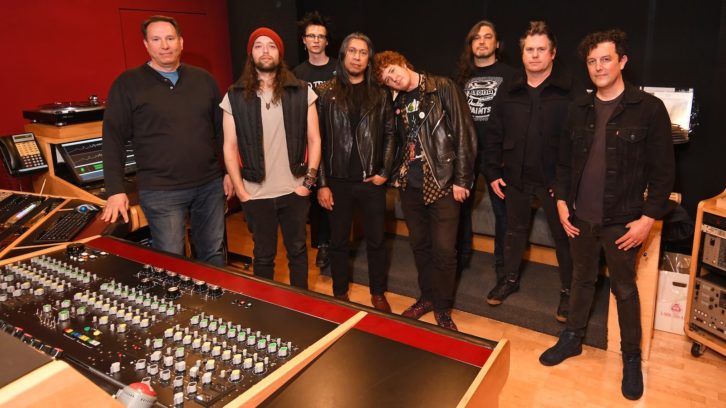
Back in the ’70s, rock bands from Aerosmith to Frank Zappa would regularly release a quadraphonic version alongside their original stereo album. The trend was relatively short-lived, however, with the pioneering immersive format fading away due to competing codecs and the playback challenges faced by consumers.
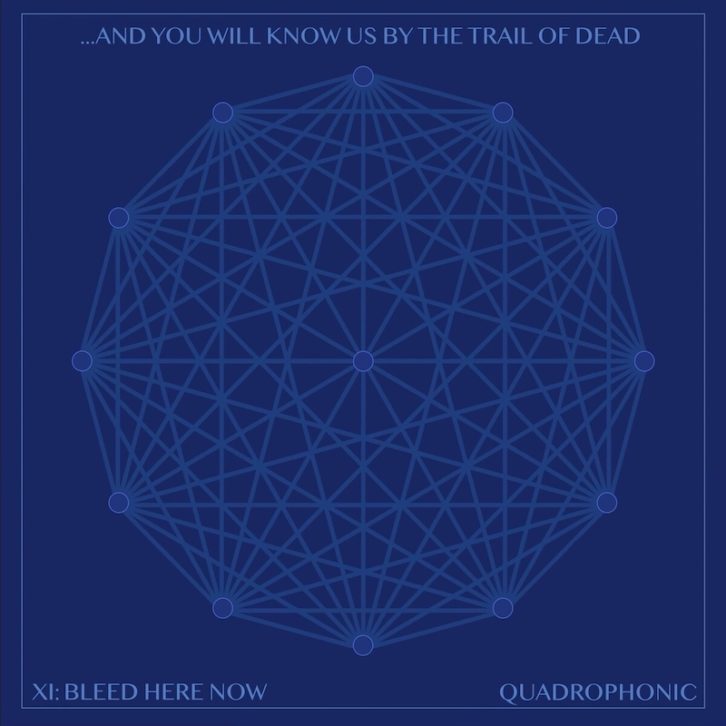
Fast-forward 40 years, and Austin, Texas-based …And You Will Know Us by the Trail of Dead released XI: Bleed Here Now, a two-disc quad vinyl album, on July 15. Unlike those early 4.0 releases, which were often a marketing afterthought, the band’s new album, its 11th, was conceived in quad from the get-go.
“You don’t necessarily record in quad; you mix in quad,” the band’s front man, singer, guitarist and occasional drummer Conrad Keely comments. However, the quad mix was always in mind. “We thought, when we get the strings in, we could have four mics on them,” he offers as an example. Guest vocals by Amanda Palmer and Spoon’s Britt Daniel could also be separated in the quad mix.
“We didn’t know what it was going to sound like until the day we threw the mix up and separated it out with the four speakers,” Keely continues. “I almost had a panic attack; it really changed the possibilities of what we could do.” Keeley, who co-produced XI: Bleed Here Now with fellow band co-founder Jason Reece and engineer and mixer Charles Godfrey, began the production process by analyzing Trail of Dead’s previous releases. “What bothered me was our propensity to try and do so many layers and get this ‘wall of mud’ sound, as I called it,” he says. “Our challenge was, how are we going to fit all this into a stereo spectrum? Quad addressed that problem,” Keely says, noting that there are two drummers in the six-piece outfit.
Discover the future of immersive music at MixNYC!
It was KamranV, a Los Angeles-based engineer and arts technologist, who had recommended quad when he called Keely on his birthday last year. “I’ve known the band for over 20 years,” he says, having first met them while working at Interscope Records. “I told him about the creative opportunities of quadraphonic; he immediately got it.” Godfrey was more reticent, having been put off by the demands of Dolby Atmos—more monitors, extended speaker control, a rendering computer, and so on, he says.
KamranV had an ace up his sleeve, however. In 2018, he helped revive quad vinyl with a release on his own imprint by electronic music pioneer Suzanne Ciani, which was packaged with a hardware QS quad decoder. He subsequently received funding from the National Endowment for the Arts via dublab to develop, with coder Brett Buddin, a free quad codec plug-in. QUARK has been downloaded nearly 2,000 times from his CyKiK.com website. “I want to make quad easy for anyone to do for next to no money,” he says.
The Unlikely Return of Quadraphonic Vinyl
Keely, too, did his research, listening to as many classic quad releases as he could. He cites Pink Floyd, David Bowie, Santana, Sly and the Family Stone, the Doors and Miles Davis for particular praise: “They really put some thought into the mixes and how to separate everything.” Quad, an audio-only format with no center channel, frees the listener from having to face forward, Keely observes. “I like listening to it in the middle, facing one of the sides, with the front speakers on my right or left and the rear speakers on the opposite side,” he says.
For Trail of Dead’s new release, Keely says, “I thought, why don’t we give it an all-around immersive experience? You can go to any speaker and get a different mix. So that’s what we pushed for.”
KamranV has also created a Dolby Atmos version of XI: Bleed Here Now. “I put objects in the four corners, and that’s where the four channels go,” he says.
Mastered by Scott Sedillo and KamranV at Bernie Grundman Mastering, the new record and quadraphonic digital streams are encoded for both stereo and Regular Matrix quadraphonic sound, and are QS, QUARK, Involve and Dolby Pro Logic II–compatible.
